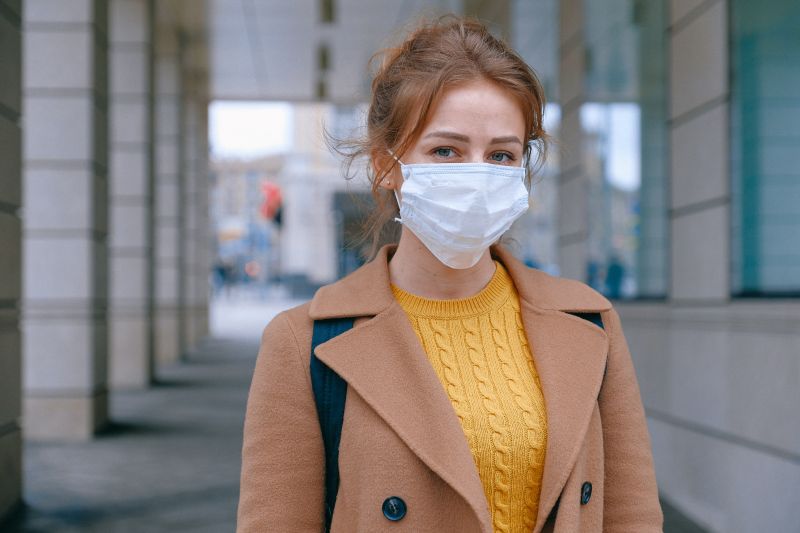Return to Work: Employer Responsibilities & Pitfalls to Avoid
Last Updated on July 24, 2020 by VantagePoint
As we begin to reopen the economy and emerge from quarantine, it is vital that business leaders take the necessary precautions to protect their business and ensure a safe and healthy workplace for returning employees.
In this article, you will find important details about the return to work period, along with employer responsibilities and pitfalls to avoid.
Employers may do the following to ensure workplace health and safety:
- Send an employee home if COVID-19 symptoms present themselves.
- Ask sick employees about their symptoms to determine if they may have COVID-19.
- Require employees who have been away from the workplace to provide a doctor’s note certifying fitness to return to work.
- Require employees to be symptom-free for a period-of-time before returning to work. The CDC recommends 14 days.
- Employers may administer a COVID-19 test (i.e temperature test) before employees enter the workplace.
- Typically, an employer needs a legitimate, good-faith reason for such an exam; but EEOC has approved temperature screening during the pandemic, provided certain criteria are met:
- Employers must keep medical information separate from other personnel information.
- As a best practice, don’t just record worker temperatures. Document the reason for the test, the company policy regarding testing, the result, and the action taken based on the temperature reading.
- We recommend using the 100.4 degrees (F) reportable illness threshold established by CDC and turning away workers over that limit.
- Passage of such a test as a condition of entering the workplace is allowable.
Employer Pitfalls to Avoid
New Laws
- Remember that the new Emergency Paid Sick Leave law (EPSL) and Expanded FMLA (EFMLA) is in place through December 31, 2020.
- If an employee invokes their rights under EPSL or EFMLA the employee must give written notice of the need to take leave and must provide supporting documentation.
- Employers should request such documentation.
- Employers should understand these two new laws and the potential overlap/conflicts/pre-emption with existing NYS Paid Leave and Federal Unpaid FMLA rules.
- EFMLA may only be taken for the care of a child with a school or daycare closure due to the COVID-19, AND they do not have the ability or option to telework.
- EPSL only gets paid out if an employee is placed under a mandatory or precautionary quarantine/isolation order by a doctor, the department of health, or a similar entity.
- Have a Workplace Safety Plan in force and available for employee review.
Privacy and Discrimination
- Have a consistent, documented approach in returning furloughed employees. It’s important to ensure that any such measures are applied evenly.
- For example, it would be discriminatory to require specific screenings based on race (i.e. Asian employees).
- However, an employer could screen anyone who has recently traveled or who lives with someone who is symptomatic.
- CDC and EEOC will monitor any discriminatory actions against a protected class of employees.
- Employers can ask those exposed at work to quarantine and should inform other co-workers of the exposure.
- If an employer discovers an employee is virus-positive, it is important to keep employee identity confidential.
- Remember that requests for work accommodations are still subject to ADA. Provide interim reasonable accommodations for disabled employees.
For more advice and information for the return to work period, get in touch with one of our experienced consultants.


